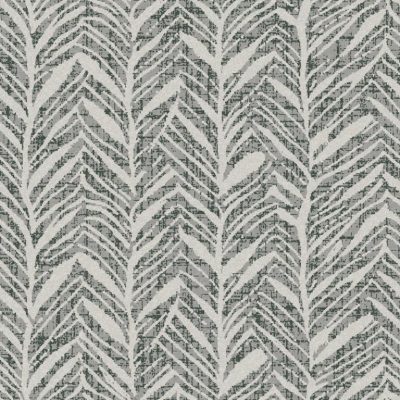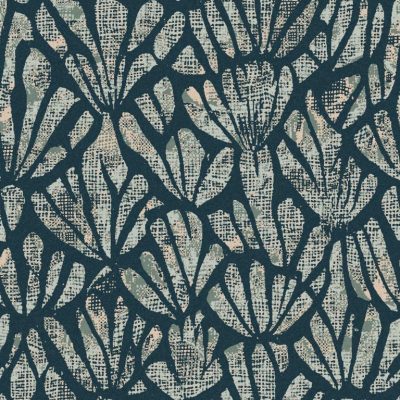Are you seeking a commercial carpet option that leaves a strong impression on guests while handling constant foot traffic? This resource outlines key factors for architects, interior designers, and specifiers—covering everything from wear ratings to style trends—so you can choose a product that checks all the boxes.
1. Durability and Foot Traffic in Hospitality
Daily Wear and Tear
Hotels, resorts, and convention centers experience endless coming and going—from luggage wheels to service carts. It’s wise to specify commercial carpet fibers and constructions built to thrive in high-use settings. Look for those meeting or exceeding 12,000 Double Rubs on the Wyzenbeek test (or an equivalent Martindale score).
Fiber Choices
- Nylon (Type 6,6): Known for resilience and bounce-back under pressure.
- Wool or Wool-Blends: Common in luxury settings for a natural aesthetic and added acoustic benefits.
- Solution-Dyed Nylon: Offers stronger color retention over time, reducing fading concerns.
2. Stain Resistance and Color Selection
Protective Treatments
Hospitality environments are prone to spills, so pick commercial carpet with advanced stain- and soil-blocking finishes to maintain its original look.
Color and Pattern Tips
Darker or multi-tonal patterns hide everyday stains in high-traffic spaces like lobbies and ballrooms. Geometric motifs and layered designs add visual appeal while camouflaging minor marks.
3. Underfoot Comfort and Noise Reduction
Some properties place a high priority on a luxurious feel. Cushion backings not only pamper guests but also help dampen noise. Many commercial carpet options are now available with specialized acoustic features for quieter corridors and meeting areas.
4. Safety and Code Compliance
Carpets in hospitality settings should comply with fire safety standards such as ASTM E648/NFPA 253 (radiant panel) and ASTM E662/NFPA 258 (smoke). While slipping is less of a concern compared to hard floors, it’s still important to confirm the carpet’s friction level meets commercial requirements.
5. Design and Brand Expression
A well-chosen commercial carpet can highlight a property’s unique brand, whether through a dramatic palette or subtle neutrals that reflect local influences. Consider using distinct patterns to differentiate lounges from corridors and guide guests smoothly through the space.
6. Construction Methods and Product Types
Broadloom vs. Carpet Tile
- Broadloom: Great for rooms and corridors where a continuous, elegant look is desired.
- Carpet Tile: Increasingly popular for ease of replacement, especially in meeting spaces or back-of-house areas. Seams should be carefully handled to maintain a polished finish.
Tufted vs. Woven
- Tufted: Widely used for hospitality due to cost balance and strong performance.
- Woven (Axminster, Wilton): Offers intricate patterns and long-lasting quality but at a higher price.
7. Maintenance for Long-Term Value
Regular Cleaning
Vacuuming with a high-efficiency filter keeps the carpet looking fresh while boosting indoor air quality. Quick attention to spills is key, and many commercial carpet products feature technology that prevents stains from setting in.
Repairs and Replacement
Modular tile allows easy swaps for damaged areas, extending the overall life of the carpet. Leading brands also offer warranties that can stretch beyond a decade for top-level hospitality lines.
8. Sustainability and Eco-Friendly Choices
Those looking to reduce their environmental footprint can explore commercial carpet options made with recycled content or featuring certifications like Cradle to Cradle. Low-VOC materials also support healthier indoor air, benefitting both staff and guests.
9. Budget and Performance Strategy
Prices vary across product tiers, with higher-cost carpets generally providing sturdier construction and extended warranties. In busy locations like event halls and lobbies, consider premium-grade commercial carpet, and use standard-performance options in areas that see less daily traffic.
10. Installation and Coordination
Subfloor Preparation
Check for moisture emissions, especially on concrete substrates, and ensure surfaces are level. This protects against adhesive failure and discomfort underfoot.
Installation Methods
- Stretch-In: Common for broadloom in guestrooms, delivering a plush feel.
- Direct Glue-Down: Suited for hallways and ballrooms, preventing carpet movement.
- Double-Stick: Bonds the carpet cushion to the floor, then the carpet to the cushion, combining comfort and stability.
11. Collaborating with Manufacturers
Engage manufacturer representatives early to obtain large samples or arrange onsite mock-ups, helping confirm color, pattern scale, and performance. For custom designs, reviewing strike-offs avoids surprises when the final carpet arrives.
Final Thoughts
By selecting a commercial carpet tailored to hospitality’s rigorous demands, you can enhance each guest’s experience while protecting the property’s long-term investment. Balancing durability, stain resistance, acoustics, and brand identity will ensure the flooring not only looks impressive but also withstands the hustle and bustle of busy days.












